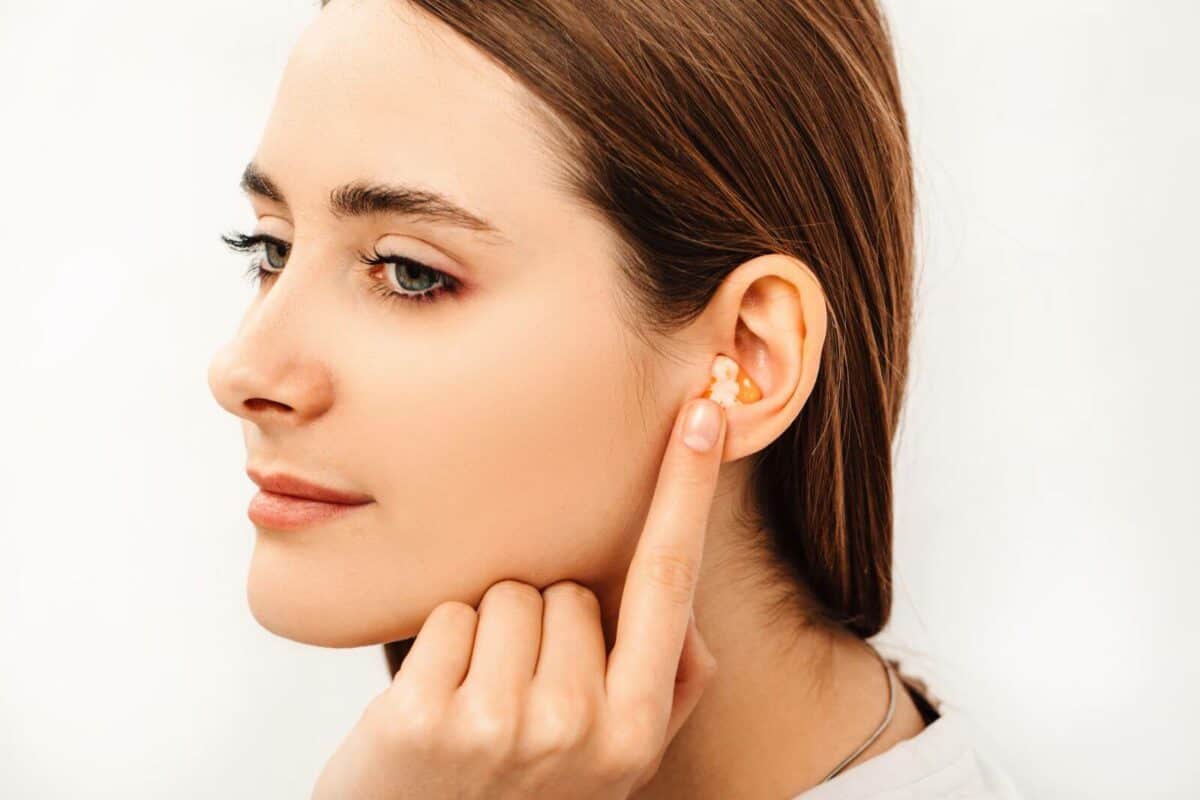- Using Hearing Aid Accessories for Enhanced Listening - May 6, 2025
- Practical Tips for Managing Daily Challenges With Tinnitus - April 8, 2025
- Signs Your Hearing Aid Battery Needs to Be Replaced - March 13, 2025
We live in a noisy world. From work, to our commute and even our own homes, we may encounter dangerous levels of noise just about anywhere we go. However, this doesn’t mean you have to hide from these noises, but rather be ready and prepared. Loud noises can cause sound vibrations so severe that they damage the tiny cells of our inner ear responsible for sending audio information to our brain.
If you are repeatedly exposed this can add up into significant lifelong hearing loss—and it can start well before your golden years! The best course of action is to find hearing protection that works for you and wear it religiously—however it can be overwhelming to know what type of hearing protection to use. Here we run through some ways to help you select the best hearing protection for the type of noise you are regularly exposed to.
Know How Much Noise Reduction You Need
When selecting your ideal hearing protection, you are going to want to know how much protection you need. Our ears begin to be at risk when exposed to noises 85 dBA or longer for eight hours or more. As the decibels (dBA) rise (a measurement of sound pressure or volume) the exposure time decreases. For every increase of three decibels above 85 dBA the exposure time is cut in half. For instance, at 88 dBA, it only takes 4 hours of exposure time for damage to occur and at 91 dBA it only takes 2!
To know the average level, you are exposed to daily tests. Most smartphones offer a free app for testing the average decibel level anywhere you need it most, at home, at work or during your very noisy hobby. Depending on the level of exposure, all you may need is a 10 dBA reduction which is good news. Almost any hearing protector, when fit correctly, can provide 10 dB of sound reduction. However, in louder environments you may need a more heavy duty pair. It’s a difficult balance between reducing the decibels without going overboard to the point where you experience far too much reduction of sound to the point of being unaware of your surroundings. The goal is to find hearing protection that will reduce sound levels in the range of 75-85 dBA.
Think About Your Worksite and Job Tasks
Different jobs require different aspects of hearing protection. For instance, many job sites or DIY home improvement projects may require you to also use other protective equipment such as eye protection, hard hat, or a respirator. Often other PPE (personal protective equipment) can interfere with the seal of an earmuff around the ear, allowing sound to leak into the ear. It is essential to ensure that the hearing protection you choose not only reduces sound but is compatible with other safety equipment you use.
It is also wise to take into account if the noise you experience is constant or if it starts then stops again. Earmuffs are a great choice if you must take them on and off a lot during the day, while earplugs are easier to put in without the proper seal each time. It’s also important to note that if the task at hand is dirty, earmuffs may be a better choice as removing foam earplugs can cause dirt to become trapped in your ear canal, causing a buildup of earwax.
Decide What is Most Comfortable and Convenient
Ear protection works best when you are wearing it. If you have found the best ear protection to reduce sound to a safe level in the workplace but they are cumbersome or uncomfortable to a point where you aren’t wearing them, then they aren’t useful at all. Some people find ear plugs more comfortable than earmuffs, especially when worn for long periods of time or in hot environments. If this is you, then you may want to explore investing in custom fitted earplugs which will increase their comfort and ease of use.
Focus on Hearing Health
The goal of hearing protection is to make sure you can hear for years to come. However, things happen. If you are experiencing an issue with your hearing, don’t hesitate to contact us today for a hearing exam and consultation with us today!


